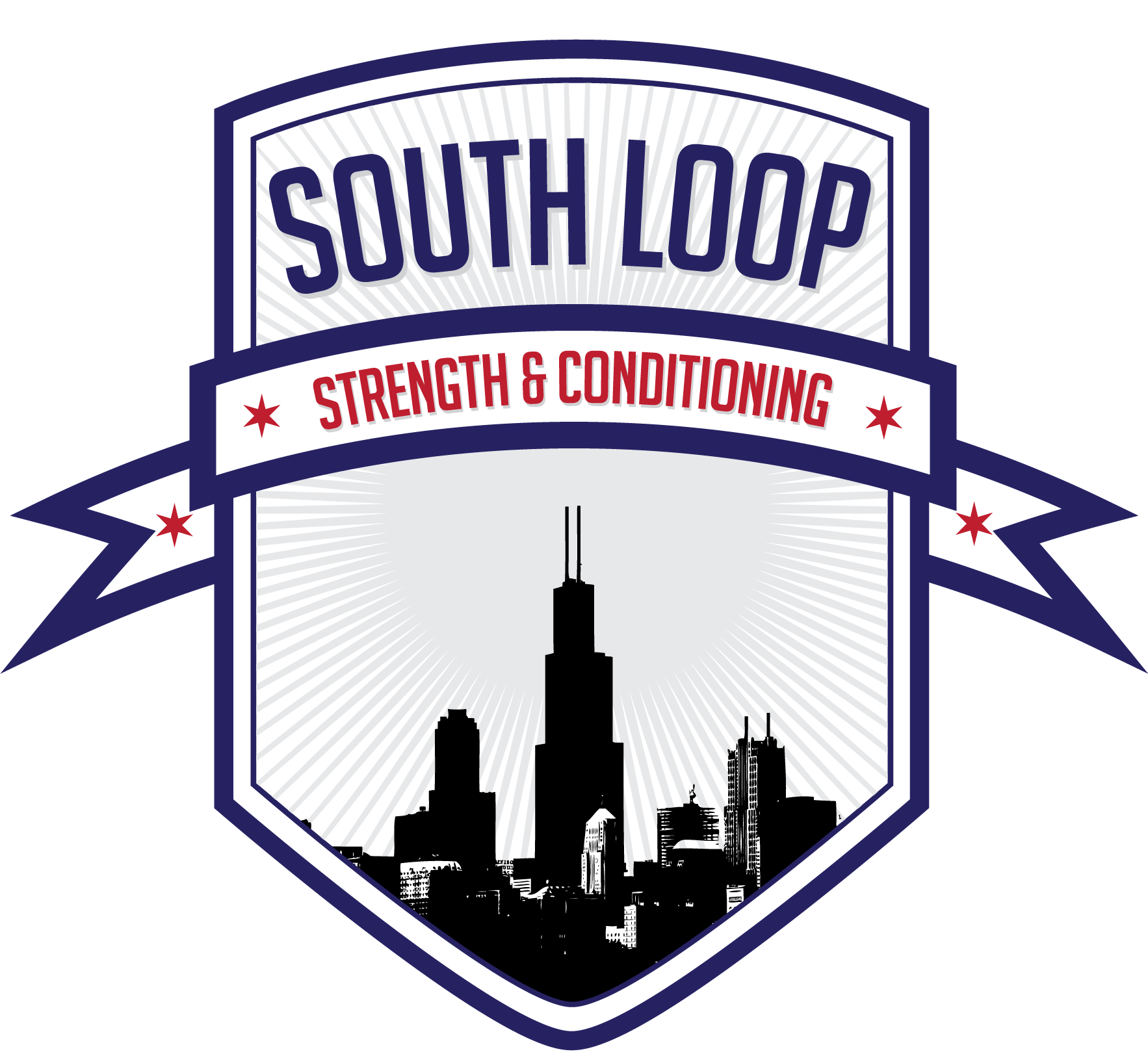In our community, we have people with a variety of goals. Some have a competitive itch that they can never quite scratch, and they want to maximize their performance and reach their true potential. And, in the process, they wouldn’t mind beating a bunch of people as well (in fitness competition, or sport).
Other people thrive on the community and fun of training with their friends. Sure, you want to keep progressing your lifts. Sure you want to see your times go down. But, that competitive stuff? Not so much.
Then, there’s a lot of people in between. Maybe you were a former high level athlete, but, your priorities have now shifted. There’s a job and a family that demand your time and attention. But, you still have that “killer instinct” that makes you chase people down in a conditioning workout or game your lifts so that you can beat your training partner by a few pounds.
Or, maybe you’ve come to SLSC with minimal athletic experience. However, you find that you’re getting pretty strong and your numbers look pretty good compared to everyone else’s. You never really thought of competing in fitness competitions, but, now, people are asking you to join their team for the next local comp. Or pushing you to follow the “Performance” or “Competition” program.
And there’s a thousand other variations. And that’s amazing. It’s fantastic to see a group of like-minded individuals with varying goals all able to train together in order to push themselves and get better.
However, there’s a lot of conflation between best practices for these different goals and training ages.
Maybe it’s a one-size-fits-all nutrition prescription. Paleo. Zone. Platitudes like “only eat it if your great grandmother would recognize it.” These are easy to post on a website or to offer as one-liners to clients looking for nutrition guidance.
However, when we start looking at individuals things get a lot more complicated.
For an elite competitor, is it more important to eat clean or stay out of caloric deficit? Hint: why do you think you see videos of CrossFit Games athletes eating donuts?
What about for a mid 30s male working a desk job with 30 pounds to lose and bloodwork indicating pre-diabetes and some chronic digestive issues? Can you see how the nutrition prescription for these two individuals might vary?
For the athlete, the biggest priority is recovering from training and being ready for the next session. They likely adapt well to stress (which is how they got to the level of performance that they’re at) – they likely manage their blood sugar well, and they likely have a resilient gut (good microbiome, minimal food intolerances, etc.). However, if they drop into caloric deficit too much, they won’t be able to recover from their training. This can cause all kinds of downstream hormonal problems and push them into some ugly areas: upsetting the sympathetic/parasympathetic nervous system balance, throwing off their daily cortisol curve, and disrupting sleep – all of which can lead to issues with other systems involving the thyroid and sex hormones.
For someone in this situation, especially relative to their short-term competitive goals, it’s probably better for them to eat McDonald’s for every meal and avoid caloric deficit than it is for them to eat an ultra-clean diet of chicken breast and cauliflower and end up 1000 calories per day under maintenance. Note that neither of these options are “best practice,” but it’s about understanding that nothing is going to be perfect, and it’s better to err one way (enough food) than the other (clean food) for folks training to be the best.
This may not be the best advice for the overweight office worker with a blood sugar management problem, though. And that’s where things get tricky.
It’s not necessarily the fault of people offering platitudes or linking to one-size-fits-all prescriptions, since most folks do intuitively understand the differences between different populations and different goals.
I see problems start with athletes and clients not being honest with themselves regarding what their goals are.
People looking to compete in fitness as a sport need to own their goal. If you want to maximize your potential, you need to be willing to put in uncomfortable hours at the gym. You need to be willing to train with an amount of volume that may result in overuse injuries and aches and pains. You need to eat to perform – not train 15+ hours per week while simultaneously following a low-carb weight loss diet because you want to see more definition in your abs.
Simultaneously, folks training to look good, feel good, and move around don’t need to be taking in 60g of sugar post-workout. They don’t need to do two-a-day training sessions. They don’t need to do 5 hours per week of additional “cardio” on top of a strength & conditioning program. They don’t need to push through achy shoulders, elbows and knees to keep training.
While the paths for competitors and non-competitors have a lot of similarities, there is a point where a decision needs to be made between “Door Number One” or “Door Number Two.” It’s not like you can’t go back and change your mind at some point, but once the decision is made, own it.
Push yourself to reach your absolute potential, or push yourself to feel and look as good as you possibly can – you probably can’t do both at the same time.

